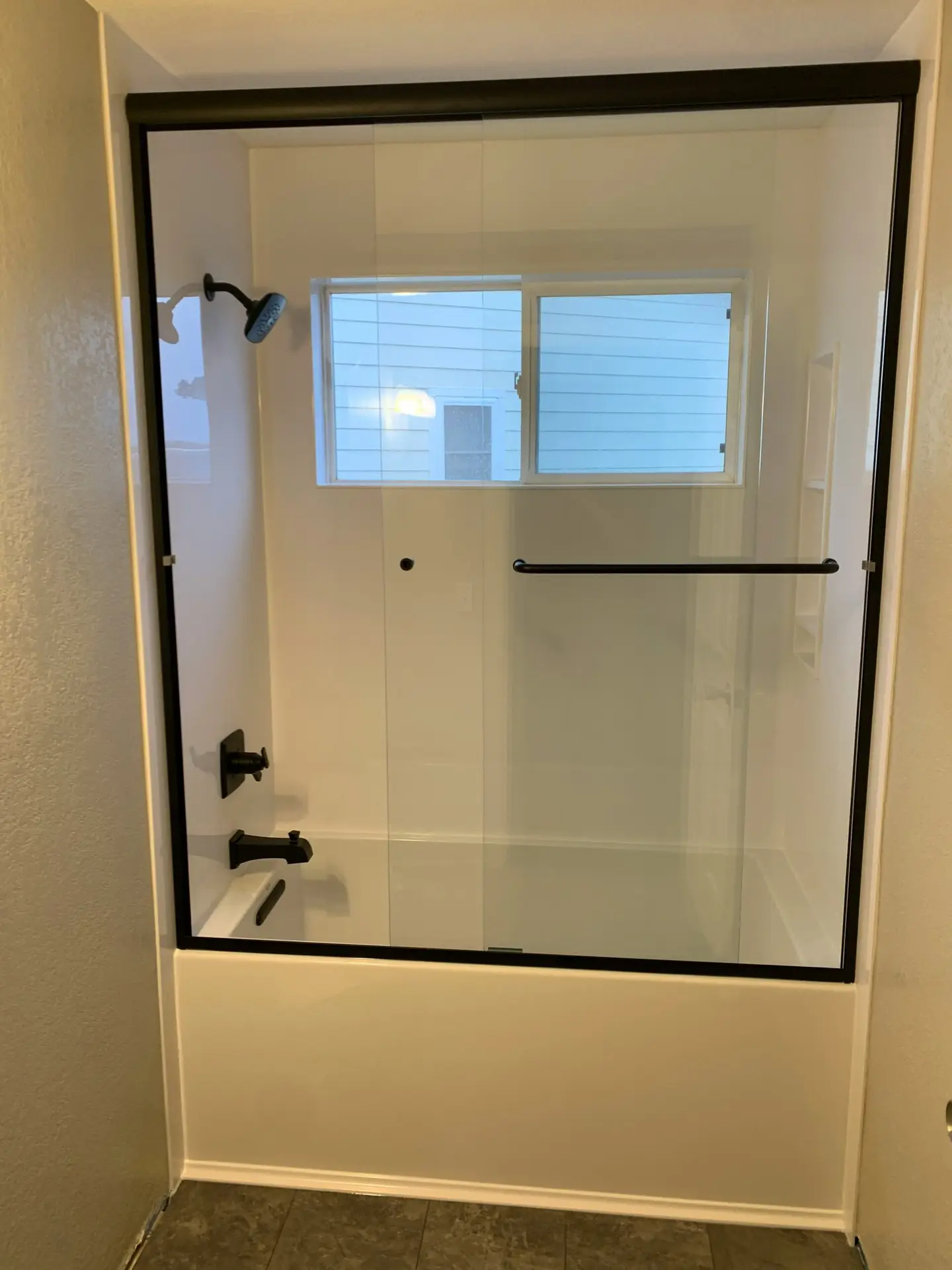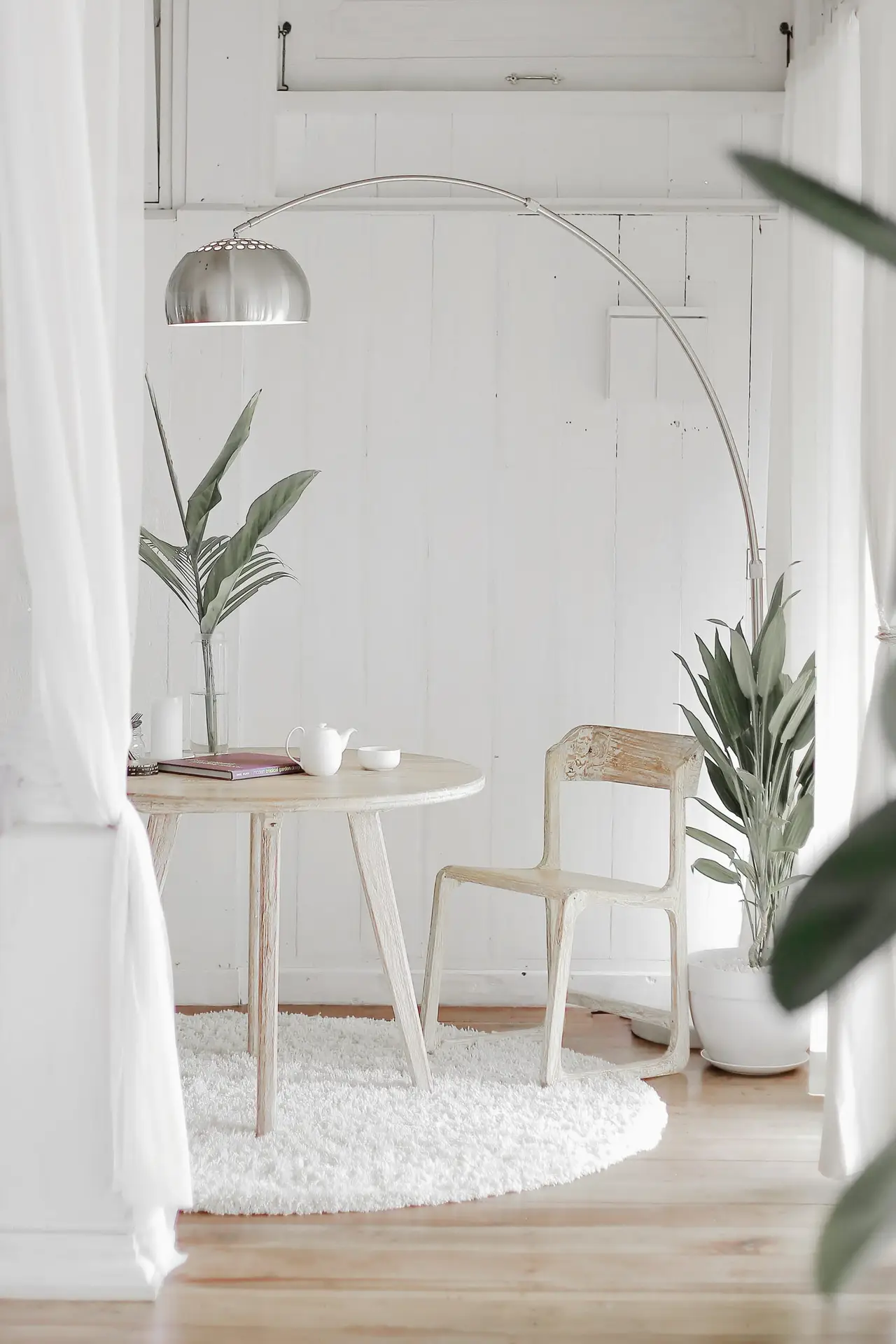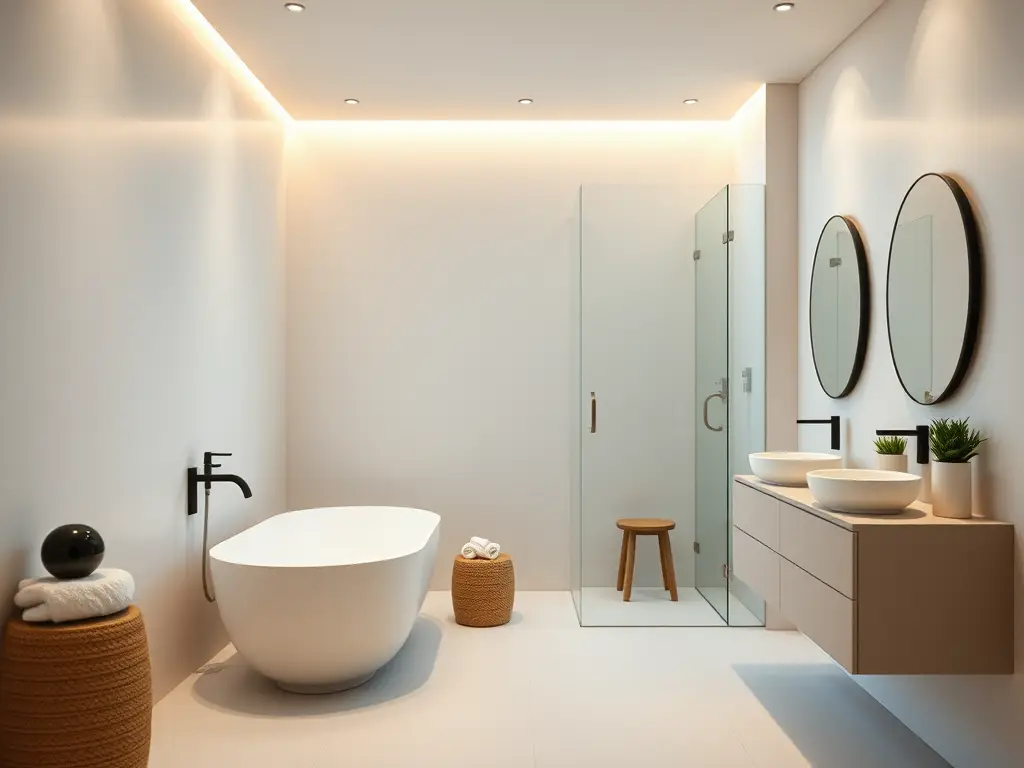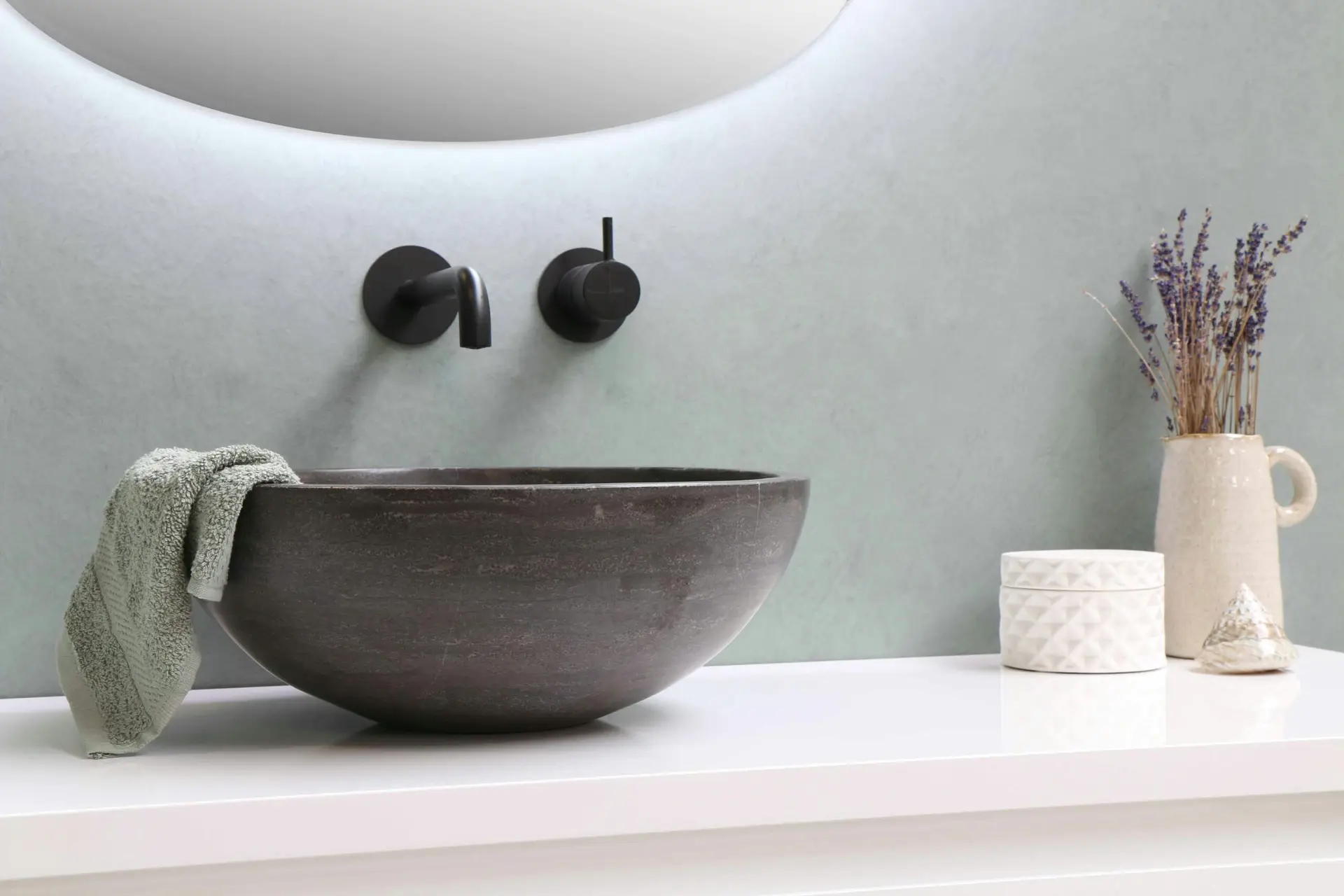Assessing Your Space: Finding the Perfect Location
When contemplating a home office renovation, the first step is to critically assess your available space. Identifying the ideal location involves various factors that ensure your future workspace supports productivity and comfort. Begin by evaluating the flow of natural light within your home, as this is crucial for creating a positive work environment. Rooms with abundant windows not only foster better mood but can also reduce energy costs by minimizing the need for artificial lighting during the day.
Next, consider the existing structures in your home. Spaces like spare bedrooms, attics, or even underutilized closets can serve as effective home office locations. These areas often provide the separation needed from the bustling activity of household life, allowing for a focused work atmosphere. Be mindful of adjacent rooms that could inadvertently distract you; selecting a quieter corner farther from high-traffic areas is optimal for maintaining concentration.
Additionally, take into account the privacy of your chosen location. An ideal home office should provide a sense of seclusion, allowing you to conduct professional tasks without interruptions. This can be particularly important for phone calls and video meetings, where background noise can be a significant distraction. If there are areas in your home that currently feel chaotic or noisy, reevaluating their suitability for a home office is essential.
Before finalizing your decision, it is advisable to research any zoning regulations or homeowners’ association (HOA) rules that might impact your renovation plans. Certain areas may have restrictions on operating a business from home, or specific requirements for conversions. Ensuring your plans align with these regulations will facilitate a smoother transition into your newly designed workspace.
Designing Your Home Office: Style Meets Functionality
Creating an effective home office is an essential aspect of any renovation aimed at establishing a productive workspace. The design of this space should harmonize both style and functionality, ensuring that it meets your professional needs while remaining comfortable and inviting.
The first step in designing your home office is selecting the right furniture. Ergonomic chairs and desks are paramount, as they promote proper posture and can significantly enhance productivity over long working hours. Consider adjustable desks, which allow you to effortlessly switch between sitting and standing, accommodating different working preferences and health needs. Additionally, shelving and storage solutions should be thoughtfully integrated to maintain an organized environment, minimizing distractions that can negatively impact your focus.
Design themes play a crucial role in fostering creativity and concentration in your home office. Opt for colors that inspire you; for instance, blues and greens are known for promoting tranquility and focus, while yellows can evoke energy and creativity. Integrating personal touches such as artwork or motivational quotes can further stimulate your inspiration and create an atmosphere that resonates with your personal taste.
Layout optimization is another important consideration in establishing a home office through renovation. Arrange your desk to face a window, harnessing natural light to uplift your mood and reduce eye strain. Ensure that there is enough physical space to move freely, avoiding clutter that can impede workflow. Utilize organizational tools like filing cabinets and desk organizers to keep necessary documents close at hand, which further enhances efficiency.
Ultimately, by considering these elements in your home office design, you can create a space that not only reflects your personal style but also promotes productivity and comfort, fulfilling your professional aspirations.
Renovation Essentials: Budgeting and Planning
When embarking on a home office renovation, one of the most critical aspects to consider is effective budgeting and meticulous planning. Establishing a realistic budget is essential, as it covers various components, including materials, labor, and potential unexpected costs. To start, assess your financial capabilities and set a clear maximum budget. This figure should encompass all elements of the renovation, from furniture and equipment to paint and flooring. Be sure to allocate a contingency fund—typically around 10-20% of your total budget—to address any unforeseen expenses that may arise. Unexpected costs can stem from structural issues, changes in project scope, or the need for additional materials.
In addition to budgeting, developing a timeline is a vital component of your home office renovation. Create a project schedule that outlines key milestones, such as the procurement of materials, the hiring of contractors, and the estimated completion date. By planning when to hire professionals, you can ensure that they are available and aligned with your vision for the workspace. Remember to factor in potential disruptions in your home; these can include noise, dust, or even a temporary loss of access to certain areas in your residence.
Research and gathering quotations from multiple sources is equally important in this preparatory phase. Investigating various materials, options for contractors, and alternative designs can help you make informed decisions, ultimately saving you time and money. Engaging with reputable suppliers ensures that you are aware of market prices, which can aid in refining your overall budget. By following these essential steps in budgeting and planning, you pave the way for a successful home office renovation, resulting in a productive and inspiring workspace tailored to your needs.
Finishing Touches: Creating an Inviting Work Environment
Creating a functional and aesthetic home office through renovation involves careful consideration of the finishing touches that contribute to the overall ambiance of your workspace. Lighting plays a pivotal role in enhancing both mood and productivity. Natural light is ideal, so positioning your desk near a window can provide a refreshing atmosphere. If this is not feasible, opt for adjustable LED lighting that mimics daylight, which can help reduce eye strain and keep you alert during work hours.
Wall colors also have a significant impact on the work environment. Soft, neutral tones such as pale blue, green, or beige foster a calm and focused atmosphere, while bolder colors like yellow or orange can energize and stimulate creativity. The choice of color should align with your personal preferences and the nature of your work. To further personalize your space, consider incorporating artwork that inspires you. This could range from motivational quotes to abstract pieces, enabling you to create a visually appealing environment that reflects your personality.
Integrating elements of nature, such as indoor plants, can enhance the air quality of your home office while reducing stress levels. Plants like snake plants, pothos, or succulents require minimal maintenance and contribute to a refreshing and vibrant workspace. Additionally, technology integration cannot be overlooked. Implementing effective cable management solutions can help maintain a clutter-free desk, promoting a clear mind. Smart devices, such as programmable lighting and voice-activated assistants, can streamline tasks and create an efficient work environment.
Lastly, it is essential to strike a balance between your professional and personal life within your newly renovated home office. Designating specific work hours and creating boundaries can help maintain focus during work hours while allowing for relaxation and recharging afterward. This balance is crucial for optimal productivity and well-being in your transformed workspace.





